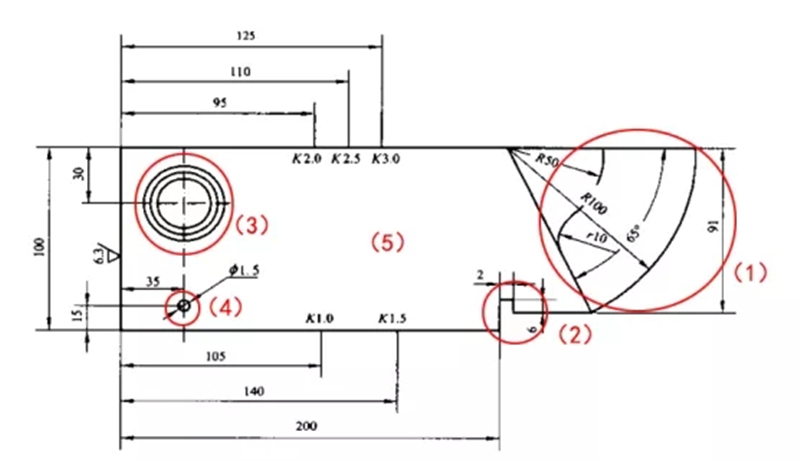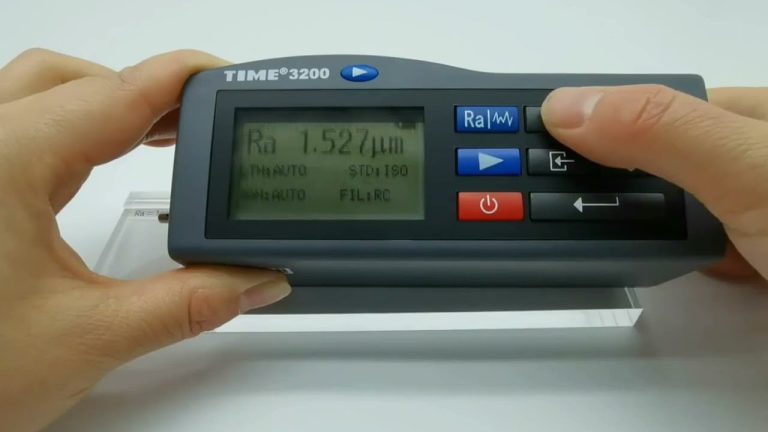CSK-IA test block is one of the most commonly used test blocks for ultrasonic testing. The definition of test block in the standard is divided into standard test block and comparison test block. Among them, CSK-IA test block has been among the standard test blocks for 15 years.
For a long time, it can be seen that the CSK-IA test block has an unshakable position. This article describes the functions of each part of the CSK-IA test block. You can refer to the figure below to view the functions corresponding to the serial number positions.

(1) Using R=50mm, R=100mm arc, it can be used to measure the sound speed and the incident point of the probe (front edge, probe delay). If only a single arc (50mm or 100mm) is used, the incident point of the probe can be measured, and the sound speed can be entered manually. , the transverse wave sound speed is 3230m/s. It is recommended to use a single arc test to measure the sound speed of the CSK-IA test block, which is of little significance for detection and positioning.
(2) Three step bottoms with different depths (85mm, 91mm, 100mm) can be used to measure the resolution of the straight probe. The test results here can be used as a reference. NB/T 47013 requires that the test method refer to JB/T 9214.
(3) Three stepped holes of 40mm, 44mm, and 50mm can be used to measure the resolution of the oblique probe. The test results here can be used as a reference. NB/T 47013 requires that the test method refer to JB/T 9214. In addition, a 50mm round hole can be used to test the K value of the oblique probe. It should be noted here that the test positions of the probes with different nominal K values are different. The K2, K2.5, and K3 probes are arranged on the upper surface, and the K1 and K1.5 probes are arranged on the lower surface. surface. The blind area of the straight probe can also be tested by using a 50mm round hole. The probe positions are respectively arranged on the upper surface and side of the test block. The test results here are also used as a reference. The specific method should refer to JB/T 9214.
(4) The φ1.5mm transverse hole can be used to test the K value of the oblique probe.
(5) Place the CSK-IA test block flat, and use a 25mm large flat bottom to test horizontal linearity and vertical linearity. The vertical linearity test results can be used as a reference. For specific methods, refer to JB/T 9214. In addition, the 25mm large flat bottom can be used to calibrate the straight probe and adjust the scanning baseline.







